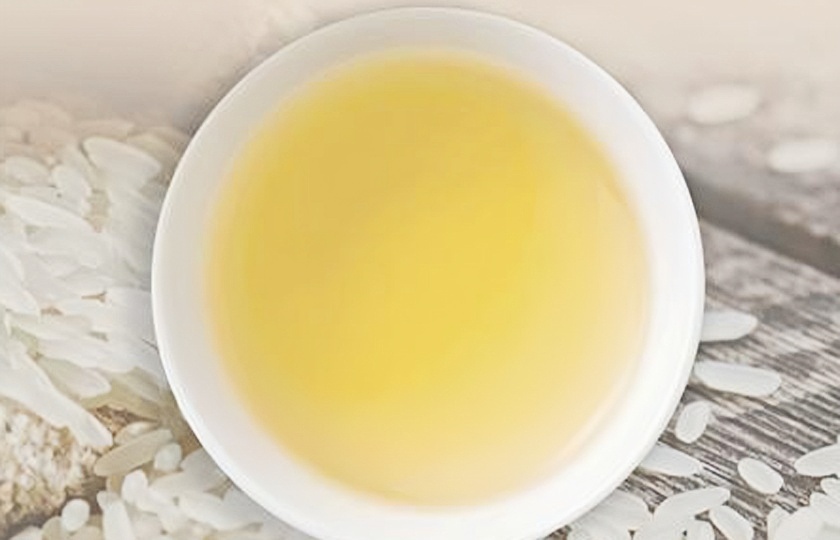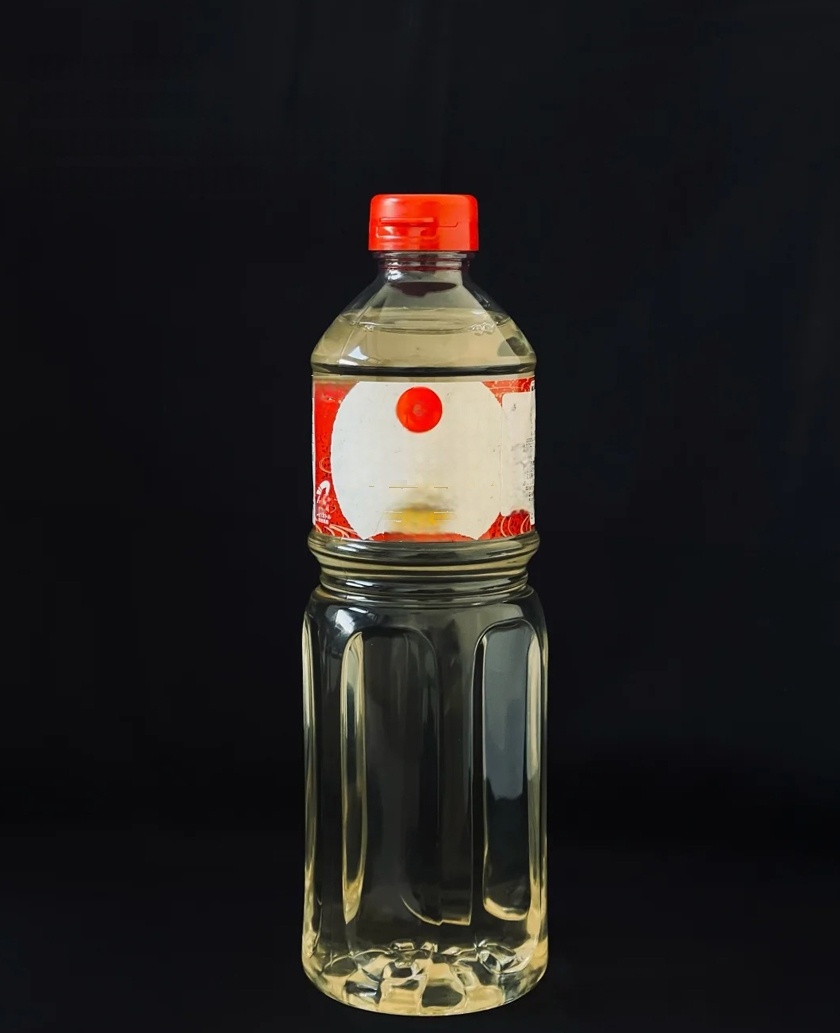Is Mirin Like Cooking Wine?A Deep Dive Explained

Both mirin and cooking wine have the reputation of "removing fishy smells and enhancing aroma". Many friends may wonder if mirin and cooking wine are the same thing and whether they can be substituted for each other.
What is Mirin?
Mirin (みりん) is a traditional Japanese seasoning wine. It is fermented from glutinous rice, rice koji, and shochu (distilled liquor). It has a sweet and smooth taste, with an alcohol content of about 14%. In Japanese cuisine, it plays the role of an "invisible magician".
It can be classified into three categories according to the production process:
Hon-mirin: Purely fermented without additives, with a natural sweetness. It is relatively expensive (e.g., Takara Shuzo's "Matsuzaka Ume").
Seasoned mirin: Sugar and acidulants are added to reduce costs, and the sweetness is more obvious (most common supermarket versions belong to this category).
Sparkling mirin: A new product in recent years, containing carbonation. It is suitable for making beverages or innovative dishes.
The sweetness of mirin comes from the glucose produced during fermentation. Different from the straightforward sweetness of white sugar, it can endow dishes with a deep amber luster and a gentle roundness. It is the key ingredient in teriyaki sauce and tamagoyaki.
Are Mirin and Cooking Wine the Same?
Although both mirin and cooking wine belong to alcoholic seasonings, there are many differences between them.
In terms of raw materials and production processes, cooking wine is mainly made by adding spices such as Chinese prickly ash, star anise, and cinnamon to yellow rice wine;
while mirin is made from glutinous rice, rice koji, and shochu through fermentation.
Their flavors are completely different. Cooking wine has a unique aroma of mixed spices, and the alcohol smell is relatively obvious; mirin is mainly characterized by a rich sweetness and a mellow umami flavor, and the aroma is more gentle and delicate.
In terms of composition, the alcohol content of cooking wine is generally between 10% - 15%, and the sugar content is relatively low. Its main function is to remove fishy odors;
Mirin has a slightly higher alcohol content and a very high sugar content. In addition to enhancing the aroma, it can also endow dishes with sweetness and luster.
In terms of cooking uses, cooking wine is widely used to remove fishy odors, enhance aroma, and relieve greasiness in Chinese dishes;
while mirin is the key to enhancing flavor, adding sweetness, and luster in Japanese cuisine.
Are Cooking Wine and Mirin Interchangeable?
Direct substitution is not recommended! There are significant differences in their flavors and chemical effects:
Using cooking wine instead of mirin:
Disadvantages: Lack of sweetness, which may cause the teriyaki sauce to taste bitter and make the simmered dishes dull in color.
Remedy: Approximately 1 tablespoon of cooking wine + ½ teaspoon of sugar is equivalent to 1 tablespoon of mirin.
Using mirin instead of cooking wine:
Disadvantages: The sweetness will interfere with the basic salty and fresh flavor (e.g., stir-fried green vegetables may be too sweet), and the cost is also higher.
Applicable scenarios: It can be used in small amounts to replace cooking wine when removing fishy odors from seafood (reduce other sugar sources accordingly).
Exceptional case: In Japanese home cooking, a combination of a small amount of mirin and sake can simulate the effect of cooking wine, but still use it with caution in the complex Chinese cooking seasoning system.

What's the Best Mirin Substitute?
If you don't have mirin on hand, you can choose a substitution plan according to the needs of the dish:
Sake + Granulated Sugar: 1 tablespoon of sake + ½ teaspoon of granulated sugar, suitable for teriyaki sauce and simmered radish.
Rice Wine + Honey: 1 tablespoon of rice wine + 1 teaspoon of honey, suitable for marinating chicken and eel sauce.
White Wine + Brown Sugar: 1 tablespoon of white wine + ¾ teaspoon of brown sugar, suitable for Western-Japanese fusion dishes.
Apple Juice + Lemon Juice (alcohol-free): 1 tablespoon of apple juice + ¼ teaspoon of lemon juice, suitable for children's meals and alcohol-free dishes.
Caution: Don't directly substitute with regular cooking wine + sugar! The saltiness and spices in cooking wine will destroy the pure and sweet taste of mirin.
How to Use Mirin in Cooking?
There are various ways to use mirin in cooking.
When marinating ingredients, adding an appropriate amount of mirin can make the meat more tender and also remove the fishy smell. For example, when marinating salmon, marinate it with mirin, soy sauce, and shredded ginger for some time. The salmon will not only have no fishy smell but also have a faint sweet and umami taste.
When making sauces, mirin is indispensable. For making the classic Japanese sukiyaki sauce, mix mirin, soy sauce, sugar, and water in a certain proportion and simmer over a low heat. The sweetness and umami of mirin blend with the soy sauce, making the taste of sukiyaki more rich in layers.
When frying or grilling food, brush a layer of mirin on it. The high temperature will cause the sugar in mirin to undergo a caramelization reaction, forming a golden and attractive color on the surface of the food and adding a unique sweet flavor.
Does Mirin Have a High Alcohol Content?
The alcohol content of mirin is closely related to its type:
Hon-mirin: 14% - 15%, close to wine, but the alcohol residue after cooking is extremely low (about 3%).
Seasoned mirin: 8% - 14%, some brands reduce the alcohol content by dilution.
Alcohol-free mirin: A modern improved product that mimics the taste with thickeners and sweeteners.
Safety tip: When pregnant women or children consume dishes with alcoholic mirin, it is recommended to boil for at least 10 minutes to evaporate the alcohol.
How to Store Mirin?
Due to its high sugar and alcohol content, mirin is more durable than ordinary cooking wine, but still need to be careful:
Unopened: It can be stored in a cool and shady place for 2 - 3 years (pay attention to the expiration date).
After opening:
Refrigeration: The best choice, and the shelf life can be extended to 1 year.
Room temperature storage: It needs to be tightly sealed and placed in an environment below 20°C, and should be used up within 3 - 6 months.
Signs of spoilage: Appearance of cloudy flocculent substances, sour taste replacing sweetness, and sticky substances at the bottle mouth.























